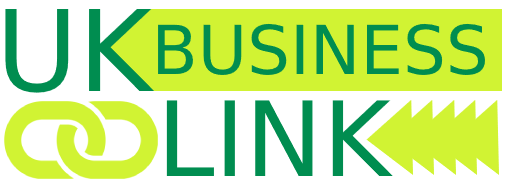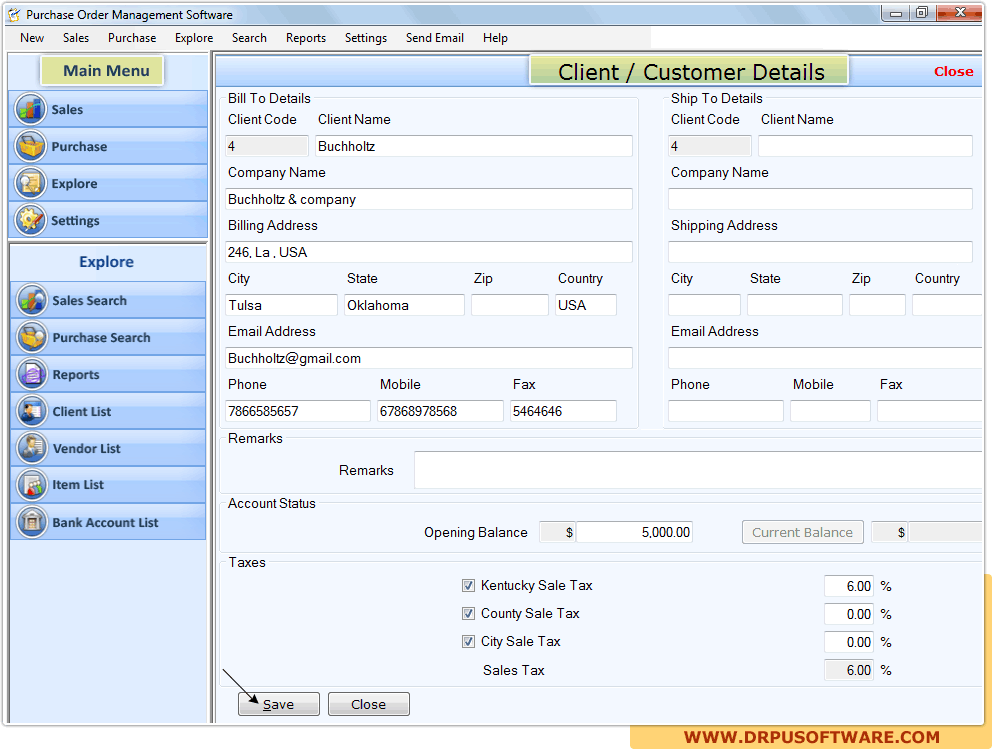In today’s digital era, businesses have a plethora of options when it comes to managing their procurement processes. Traditional purchase order systems have long been the norm, but with advancements in technology, cloud-based solutions are gaining traction. In this article, we’ll conduct a comparative analysis of cloud-based and traditional purchase order systems, exploring their features, benefits, and drawbacks to help businesses make informed decisions about which system best suits their needs.
Understanding Traditional Purchase Order Systems
Traditional purchase order systems involve manual processes, paper-based documentation, and on-premises software. In such systems, purchase orders are created, approved, and processed manually, often leading to delays, errors, and inefficiencies. Traditional PO systems typically require significant administrative overhead and lack real-time visibility into procurement activities.
Exploring Cloud-Based Purchase Order Systems
Cloud-based purchase order systems, on the other hand, leverage cloud technology to centralise and automate procurement workflows. With cloud-based PO software, purchase orders can be created, approved, and processed online, from anywhere with an internet connection. Cloud-based systems offer real-time visibility, scalability, and flexibility, making them an attractive option for businesses looking to modernise their procurement processes.
Comparative Analysis: Features and Benefits
Let’s compare the features and benefits of cloud-based and traditional purchase order systems:
| Feature/Benefit | Traditional Purchase Order Systems | Cloud-Based Purchase Order Systems |
|---|---|---|
| Accessibility | Restricted to on-premises access | Accessible from anywhere with an internet connection |
| Real-time Visibility | Limited visibility into procurement activities | Provides real-time visibility into orders, approvals, and spending |
| Scalability | Limited scalability, requires hardware upgrades for expansion | Highly scalable, can easily accommodate growth and changes in demand |
| Cost | Higher initial investment in hardware and software | Lower upfront costs, subscription-based pricing model |
| Security | Dependent on in-house security measures | Offers robust data security, encryption, and regular backups |
| Integration | May require additional software for integration with other systems | Seamless integration with other cloud-based applications |
Drawbacks and Challenges
Both cloud-based and traditional purchase order systems have their drawbacks and challenges:
- Traditional Purchase Order Systems: Prone to manual errors, lack real-time visibility, require significant administrative overhead.
- Cloud-Based Purchase Order Systems: Dependency on internet connectivity, potential data security concerns, learning curve for users transitioning from traditional systems.
Conclusion
Choosing between cloud-based and traditional purchase order systems depends on various factors such as budget, scalability, security requirements, and organisational preferences. While traditional systems offer familiarity and control, cloud-based systems provide accessibility, scalability, and real-time visibility. Ultimately, businesses must evaluate their needs and objectives to determine which system aligns best with their procurement management strategy.

